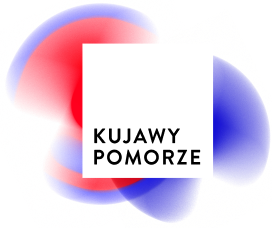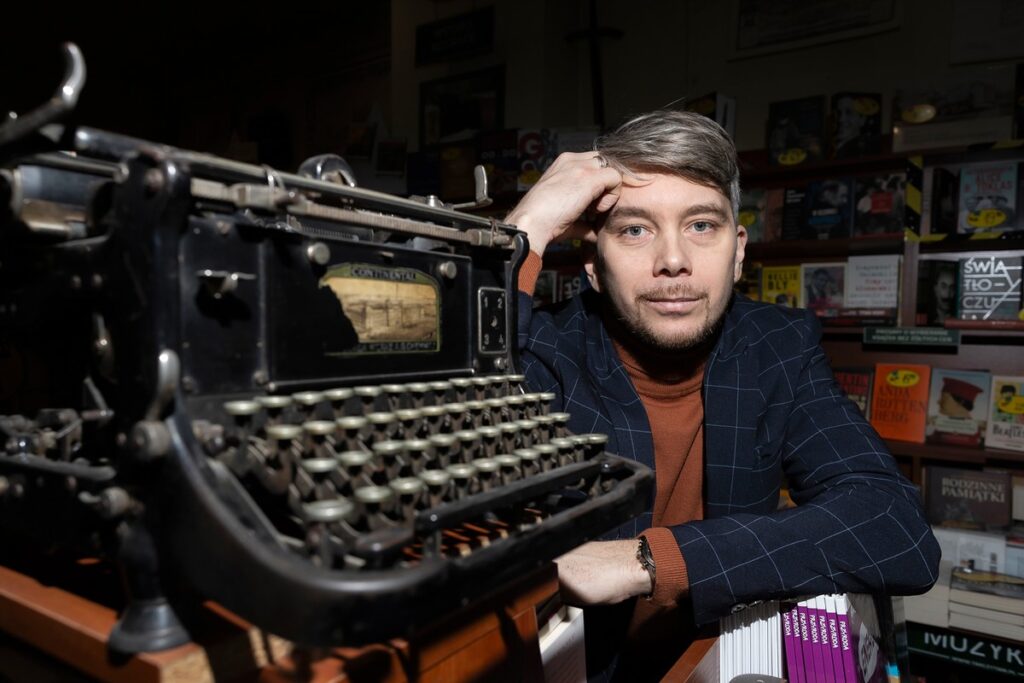
Stories of Forgotten Places
An Interview with Michał Jankowski, bookseller and winner of the Best Book on Regional Themes a regional competition in the Nature and Ethnography category for his book “The Small Railway: The Bydgoszcz-Koronowo Route.”
Why did you become interested in narrow-gauge railways and the line to Koronowo?
I have been interested in railways since childhood, perhaps because my great-grandfather was a railway worker. Today, there is no trace left of the Bydgoszcz narrow-gauge railway, and worse yet, its colorful history has faded from local memory. I feel a strong responsibility to restore the memory of what has been unjustly forgotten. The railway tracks crossed picturesque, forested areas along the Brda River. During the interwar period, stations along the route featured restaurants, bathing areas, and recreational spots, making them popular year-round destinations for residents of Bydgoszcz and nearby towns.
The Bydgoszcz County Railway also gained fame thanks to the renowned sanatorium in Smukała, considered one of the best medical facilities of its kind in Poland. The peak of the Bydgoszcz-Koronowo recreational route’s popularity was in the 1930s. Special “mystery trains,” excursions for professional groups, children’s summer camps, and charity trips were organized. These journeys offered participants various attractions and delicious food. The trains had special carriages for transporting kayaks, attracting water sports enthusiasts who could unload their equipment at any point and continue their journey along the river.
A turning point in the history of the railway was the investment in motorized railcars. From that moment on, the Bydgoszcz County Railway became a model for other narrow-gauge railways, which was a significant achievement at the time.
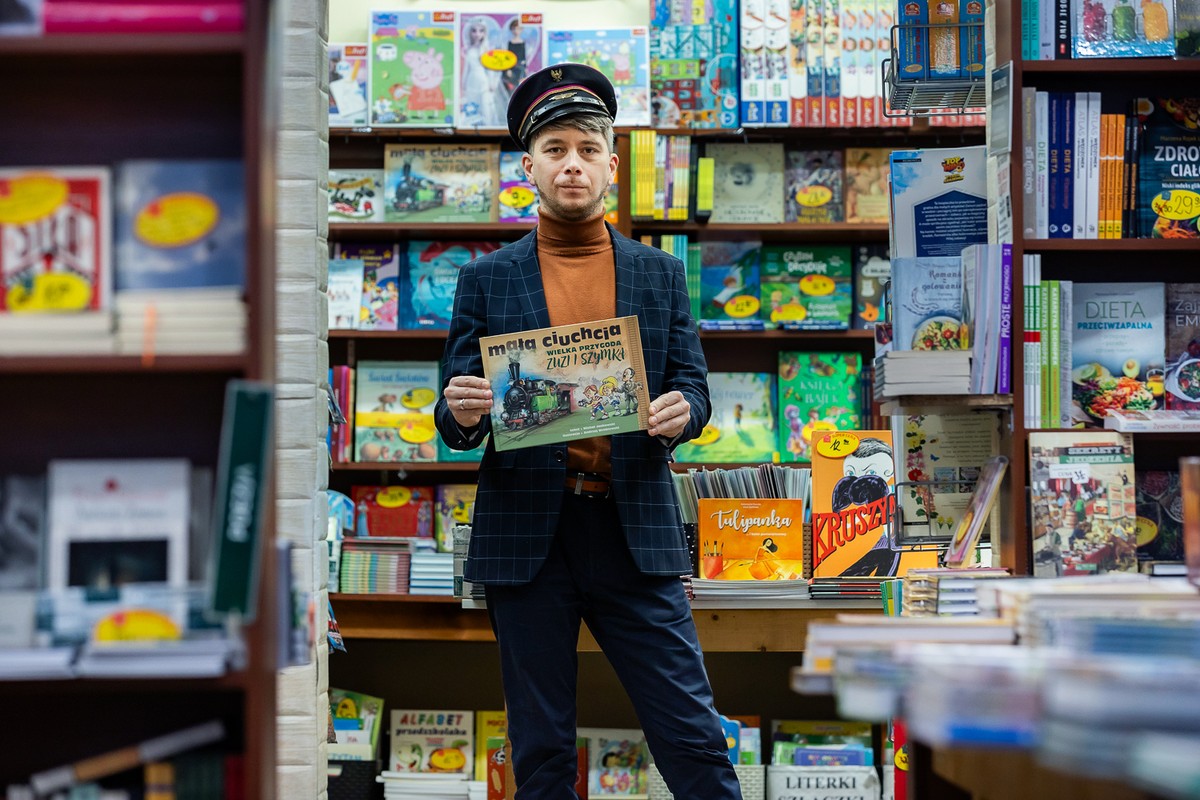
Michał Jankowski fot. Tomasz Czachorowski/eventphoto.com.pl dla UMWKP
You have also written a book for children. Is it more difficult than writing for adults?
Maybe not more difficult, but it definitely comes with a greater sense of responsibility. It’s not easy nowadays to capture a child’s attention and engage them in a way that isn’t fleeting or superficial. I believe that in “The Little Locomotive: The Great Adventure of Zuzia and Szymek,” we managed to achieve this not only through the story itself but also thanks to the incredible illustrations by Andrzej Wróblewski. The idea came from the fact that, in my opinion, there is a lack of books about our local history designed for young readers. After all, it is in our shared interest to teach children to love their small homeland, their roots, and the places they come from.
Are there still disappearing places in the Kujawsko-Pomorskie region that you have yet to visit?
Unfortunately, there are, and I have the feeling that my journey will not end anytime soon because more of these places keep appearing. This won’t change until we understand how valuable our heritage is—not only the grand monuments like castles and palaces but also the small and unassuming ones, like forges, distilleries, mills, railway architecture, technical buildings, and industrial sites. These are all traces of our past, telling the stories of everyday life in previous generations. Many of them hold incredible stories and figures worth remembering.
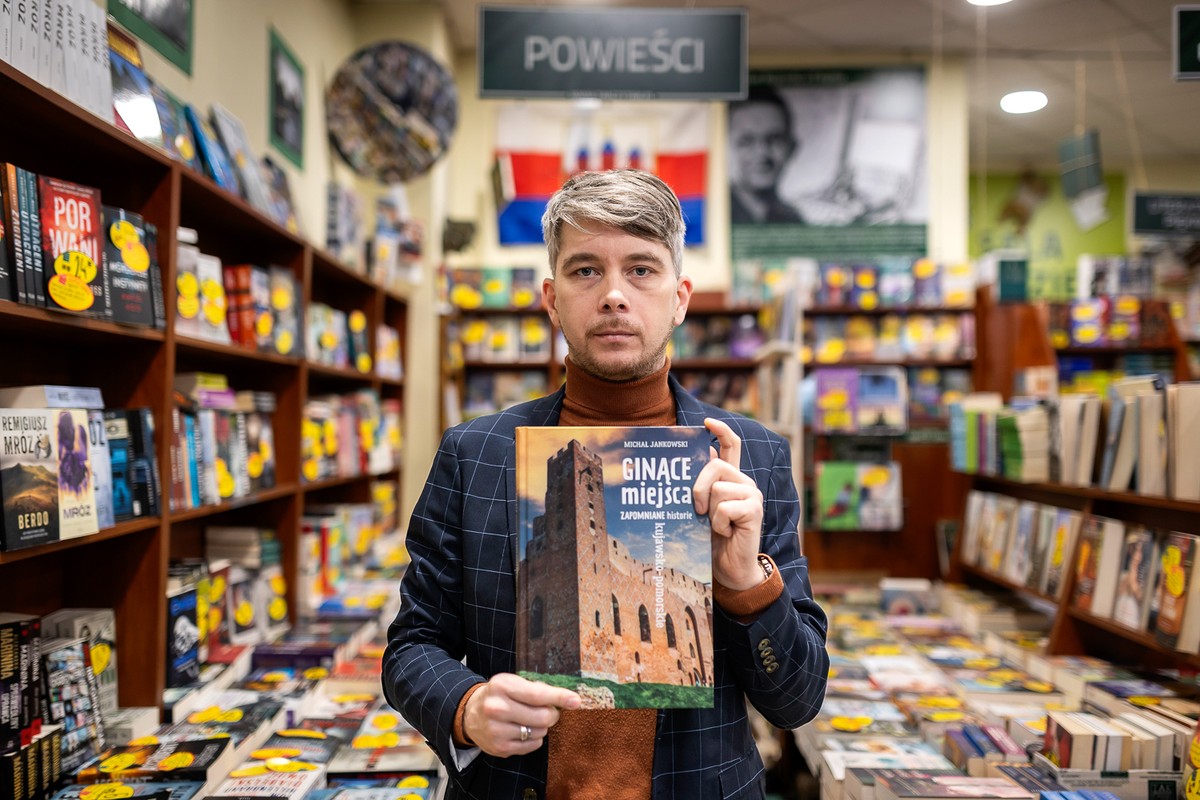
Michał Jankowski fot. Tomasz Czachorowski/eventphoto.com.pl dla UMWKP
Which of these places has captivated you?
Each of them has something unique and enchanting.
The palace in Lubraniec is fascinating. When you delve into its history, you come across the figure of Hilary Szpilowski, a renowned architect of his time. He designed the palace for General Augustyn Słubicki, a member of the Polish Parliament and an officer in Napoleon’s army, who later became the protagonist of a novel by Ludwik Orpiszewski. His story ended tragically within the walls of his own residence. Later, the Grodzicki family took over the palace, and each of its members left a mark on Polish history, as evidenced by the numerous state decorations they received over the years.
The palace in Sartowice is a ruined estate that once belonged to Ulrich Wilhelm Graf Schwerin von Schwanenfeld. He was involved in the German anti-Hitler resistance and was part of the group that organized the infamous failed assassination attempt on Hitler at the Wolf’s Lair. It’s worth learning about both this history and the later fate of the palace.
The Pietà in Borówno is an incredible story encapsulated in a roadside chapel. The sculpture was created by the renowned sculptor Mikołaj Cichosz, whose works can be seen in many places across Poland. In this case, despite its enormous size and weight, the sculpture remained buried underground for several decades. Only recently was it unearthed and restored to its original place.
The pyramid in Brodnica is one of the few structures of its kind in Poland and the only one in the Kujawsko-Pomorskie Region. Many legends and speculations surround it, partly because its proportions precisely match those of the Great Pyramid of Giza. The site is connected to the intriguing story of Dr. Leopold Dittmer, a young physician who died while aiding Brodnica’s residents during a cholera epidemic. Interestingly, the structure also bears marks from gunfire.
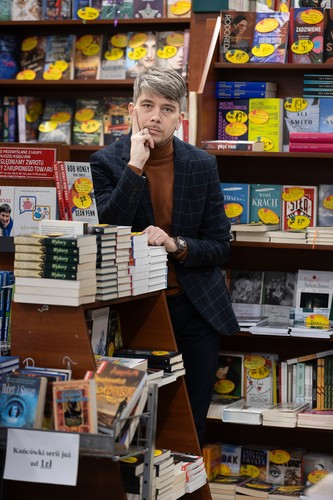
Michał Jankowski fot. Tomasz Czachorowski/eventphoto.com.pl dla UMWKP
Did you experience any interesting stories during your expeditions?
An exceptional experience is looking inside abandoned churches, of which, contrary to appearances, there are quite a few, and they are not just former Evangelical churches. Each one has its own story, and behind each of them are people. Separate and fascinating stories concern mills, especially windmills, which have almost disappeared from our landscape. They are a treasure trove of many interesting legends and tales.
As for scary stories from my expeditions, I would count among them the exploration of one of the forts in Toruń, where a frightened deer suddenly ran out of the darkness at me from one of the corridors, having wandered into the underground maze of tunnels. Generally, any exploration of such sites involves considerable risk and a large dose of adrenaline, especially when it comes to underground areas shrouded in darkness. I absolutely do not encourage solo expeditions of this type. It’s better and safer to explore these places through already published works.
What are you writing about now?
I write and work constantly, but what will end up on bookstore shelves is no longer solely up to me. I am continuing the “Disappearing Places” project, as it is a theme I now somewhat consider my mission. There will also be a new poetry collection, a children’s story, and possibly a prose debut. I would very much like to reveal all of this, but time will show whether I will be given the opportunity.
January 31, 2025

